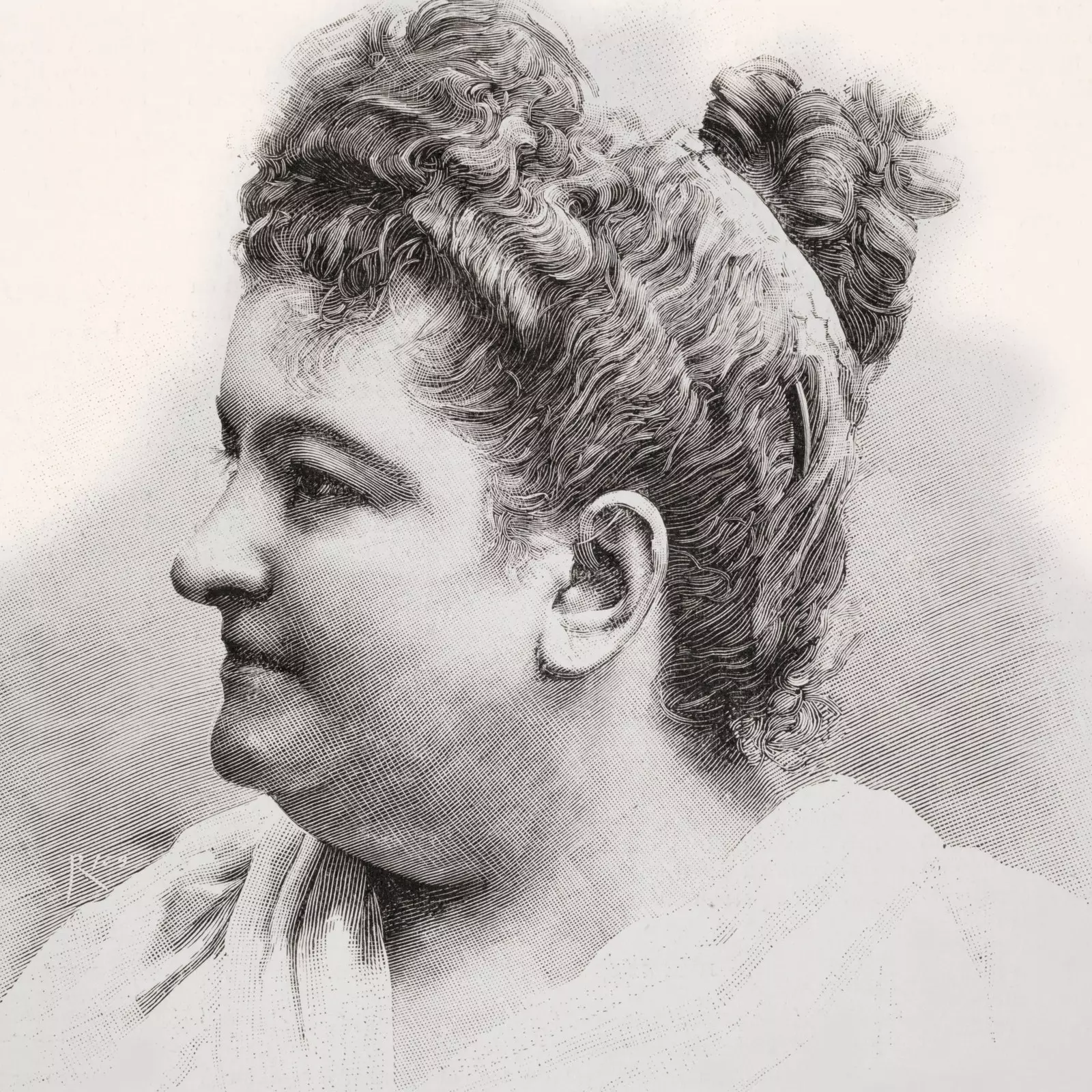
Emilia Pardo Bazán, the Spanish journalist at the inauguration of the Eiffel Tower.
The most surprising thing to read Emilia Pardo Bazan, one of our most illustrious feminist writers and journalists of the 19th century , is that it does not seem that the problems faced by European society in 1889 were so different from those we can experience today.
The high prices of coachmen (taxis in 2020), the difficulty of moving around a city crowded with tourists with crowded trains or the cost of traveling to a city when "it is fashionable" (she points out that 1,000 pesetas). Sounds familiar to you, right?
Spontaneous, fun and realistic, this is how Emilia Pardo Bazán is in the chronicles she wrote during her trip to the great Paris of the Universal Exhibition in 1889 , and now the publisher the horizon line collect in the book 'At the foot of the Eiffel Tower'.
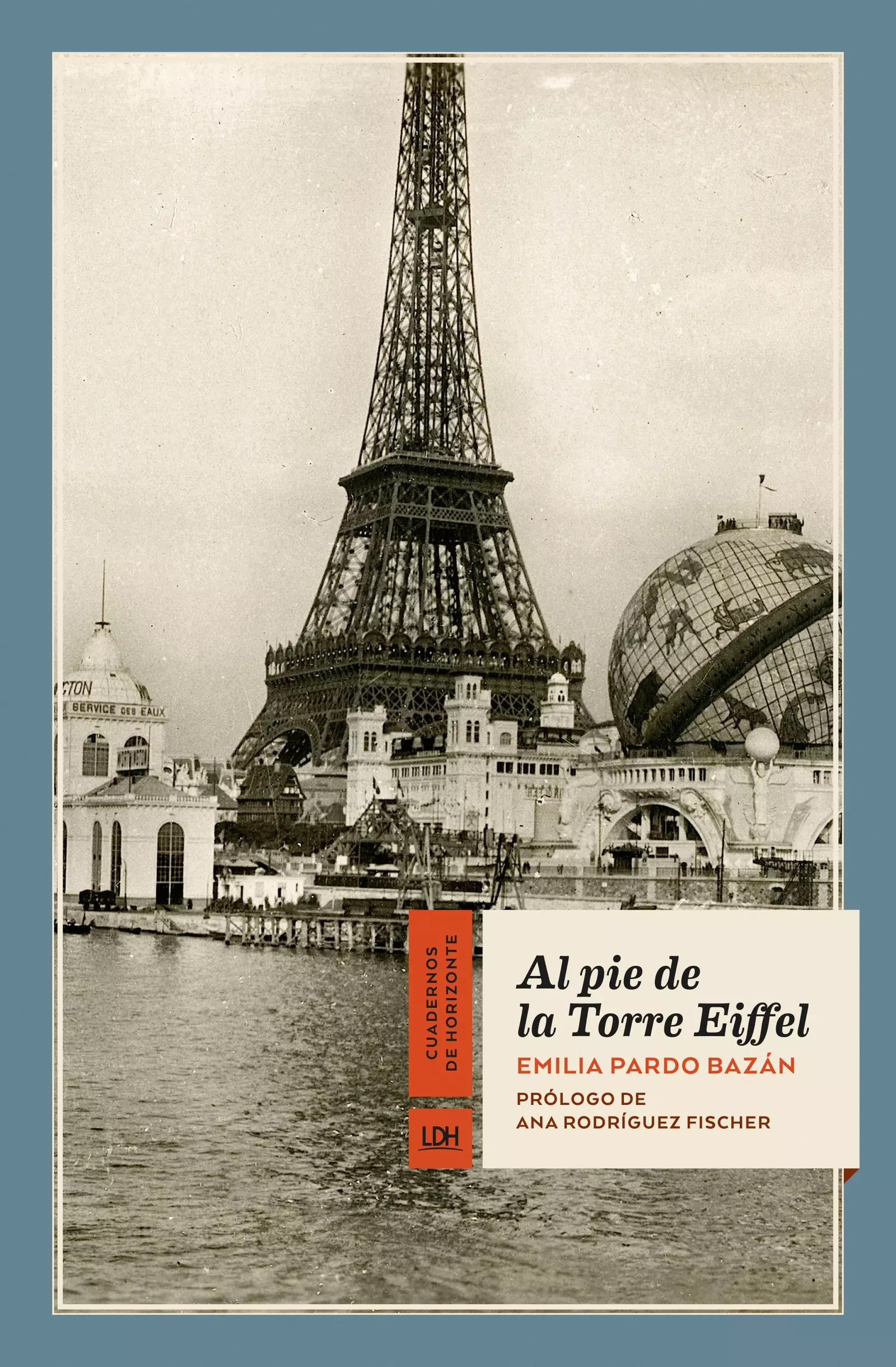
'At the foot of the Eiffel Tower' by Emilia Pardo Bazán.
The journalist had already traveled to the capital of the world (as she mentions it) on numerous occasions, and to many other European capitals, but this time the task was different.** She was there to narrate to the readers of the magazine La España Modern**, in the first person and from a completely realistic experience, what was happening.
The political situation, what was the fashion of Paris at that time, the buzz of its streets and all the novelties that the Parisian society meant Universal exposition.
“If I did not know the great capital of France well enough, what emotion I would experience when I found myself, as it were, putting my foot in the stirrup to go out towards it, in order to write about the great event, the Universal Exhibition of 1889 ! Who never saw Paris, dreams of the quintessential modern metropolis , to which neither military and political catastrophes, nor the general decadence of the Latin states, have managed to steal the prestige and magical halo that attracts the traveler like a mysterious song of sirens".
And she continues: "For the healthy and strong young man, Paris is the forbidden and spicy pleasure and enjoyment ; for the valetudinario, the health achieved by the directory of the great medical specialist; for the elegant lady, consulting the oracle of fashion ; for those of us who love letters and art, the alembic where the quintessence of modern thought is refined and distilled, the Mecca where the holy men of the novel and drama live , the oven where reputations are baked... and, lastly, for politicians, the laboratory where explosive bombs are made, the workshop where cartridges and firecrackers are loaded with dynamite to explode alarming and dismaying Europe ... Paris (the only living thing in all of France) will always be, and even more so if you look at it from afar, the mother city that Victor Hugo sang about”.
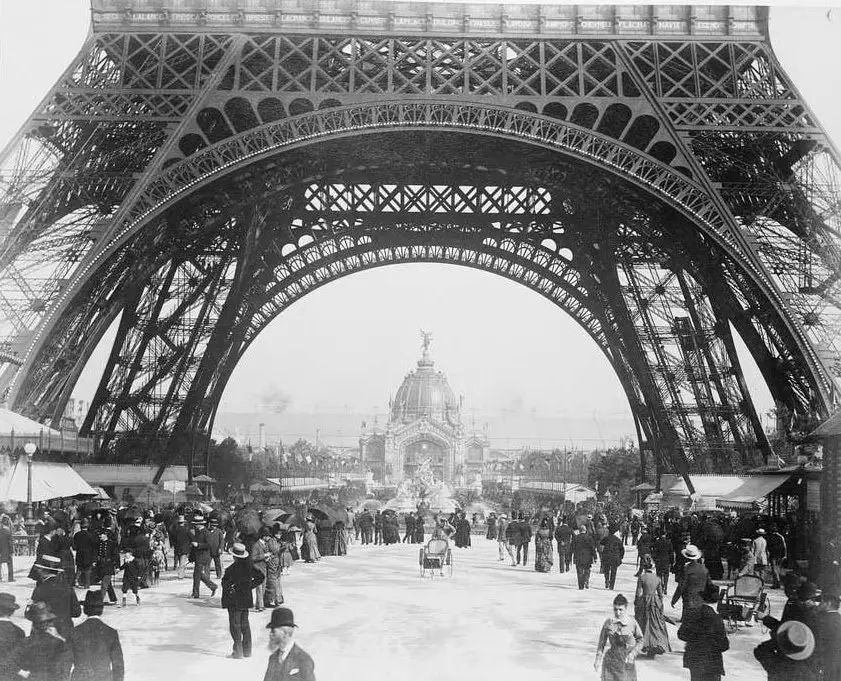
The giant".
A FIRST-PERSON STORY
The Universal Exhibition began** on May 6, 1889** and ended in October of the same year. And if we know the splendid Paris of today it is thanks to all the architectural and cultural transformations that it experienced with it.
The Eiffel Tower was the most significant “colossus” , which was also the entrance gate of the fair, and it is also from this time the Palace of Machines. The Exhibition covered 96 hectares and it meant a before and after for Parisian society, where criticism and praise were not lacking in equal parts.
“The friends whom I have greeted on this first day in Paris, are—it jumps out at you—alienated with joy and pride at the solemnity of tomorrow. The Exhibition wins, the Exhibition triumphs , say even the monarchists, "says Emilia referring to the controversy over the day of its inauguration, the same day as the taking of the Bastille, the symbol of the beginning of the French Revolution.
Apparently the date was a reason for discussion because it once again confronted monarchists and revolutionaries. Although finally, as Emilia tells, everyone praised the success of the appointment.
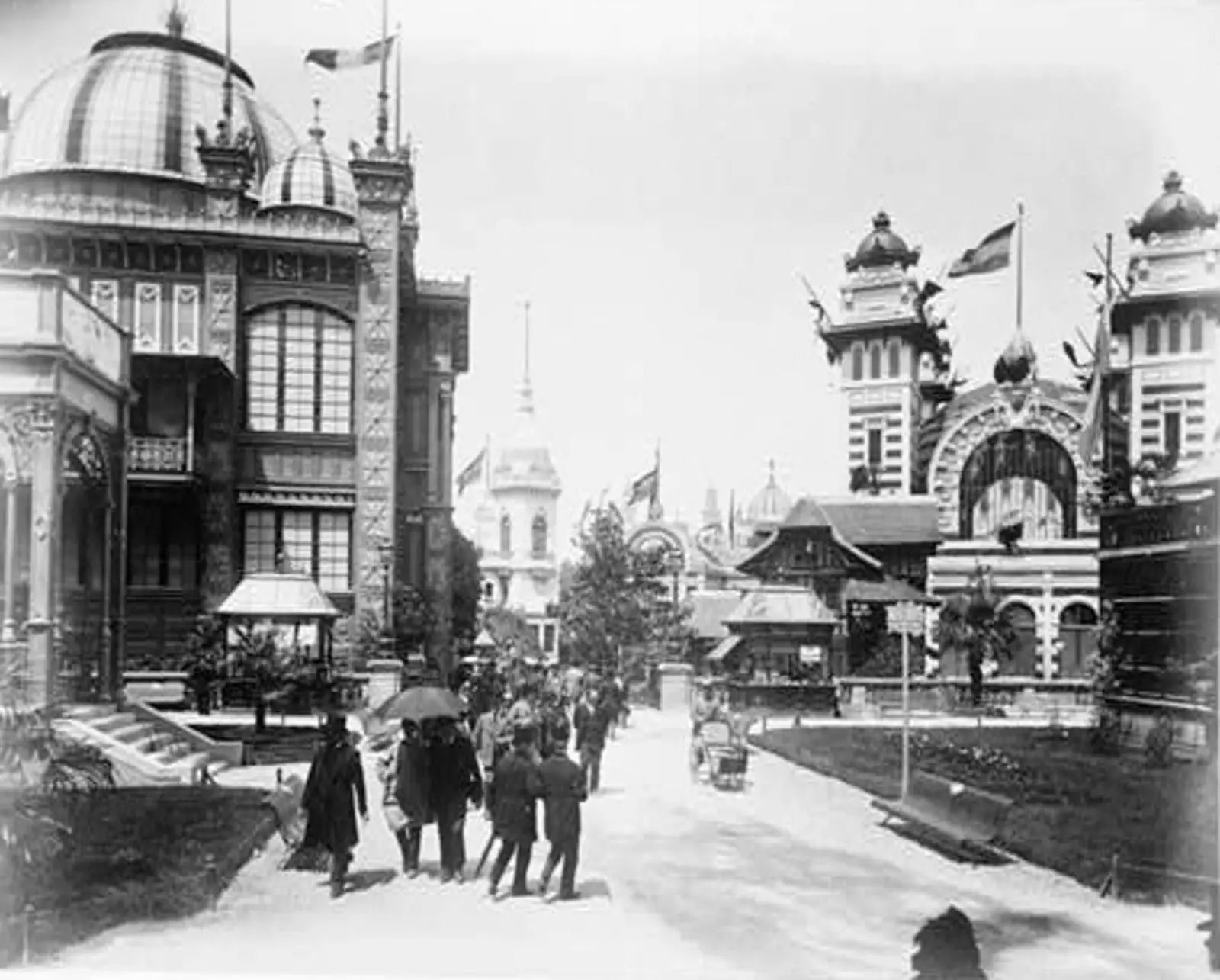
The pavilions at the Universal Exhibition in Paris.
On their first impressions,** the journalist refers to the train cars , full of people who do not want to miss the event, in which it comes to the city. She is also surprised by the state of Paris, neater impossible "without a speck of dust" and full of flowers . She confesses the exhaustion that comes from visiting a fair of such size and the tricks they often have to live with by the coachmen, to whom she dedicates a chronicle.
“If those of us who have traces of provincials manage to exploit us seven times a day, what will happen to the naive citizen equipped with a jacket and cufflinks, ignorant of the streets and of the rates, eager to arrive quickly, and determined not to pay a peseta up or down? down? With the coachmen's tricks you could make a book... ”, emphasizes the writer.
The inauguration and the official visit of the President of the Republic of France, Sadi Carnot , did not escape Bazán either. She also narrated what the first visit to the Exhibition meant for her two children, which also had spaces for the little ones and which she details to the millimeter.
As a feminist that she was, she could not leave in the inkwell what in fashion would mean a revolution for women: the pants . Regarding this revolutionary garment, he suggested: “For the end I have left this year's most crumbly fashion and least real application: the only one that could, if not entail a social revolution, at least cooperate powerfully with it. You will already understand, oh, severe readers and skittish readers!, that I speak of divided skirt , or from suit with pants”.
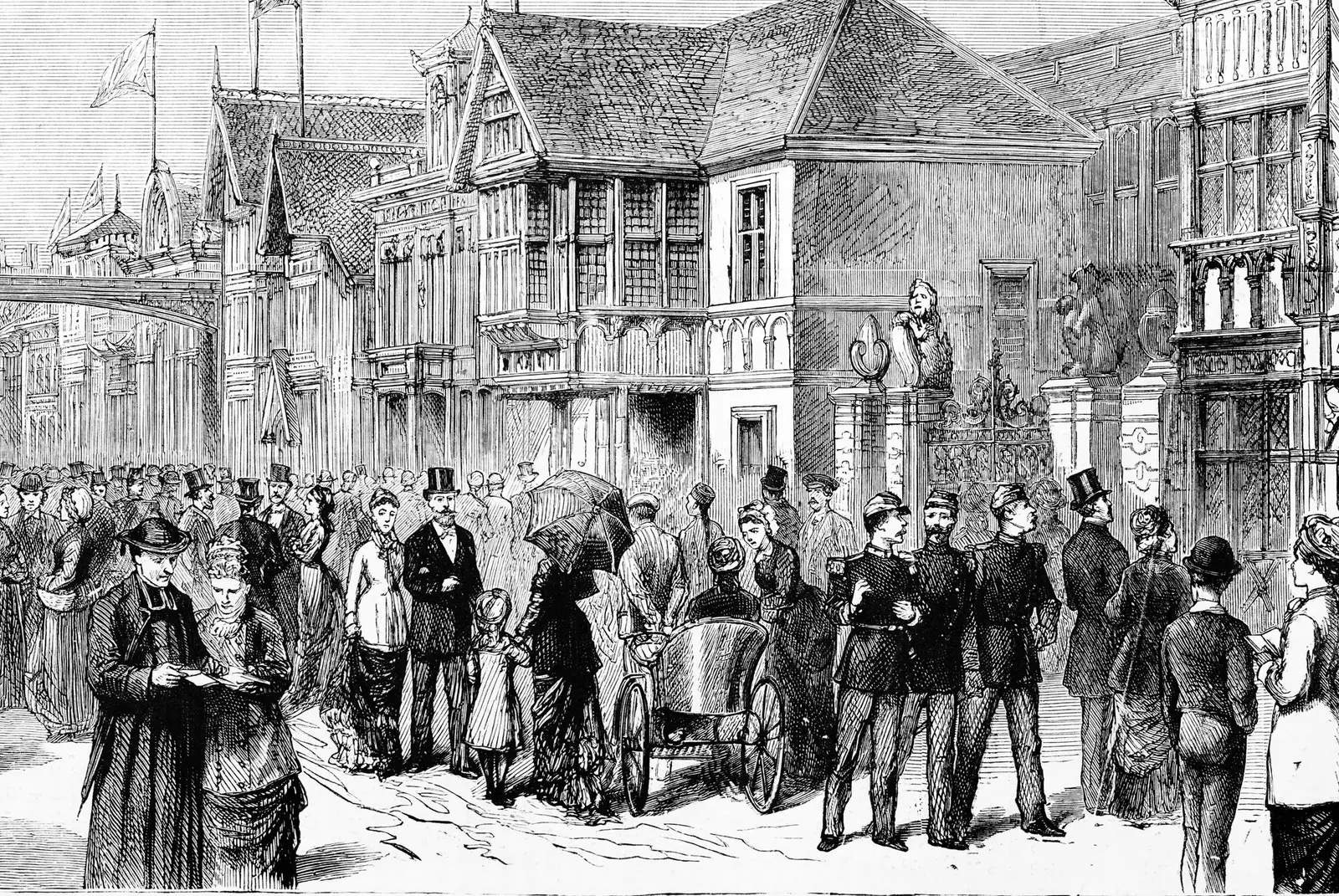
Illustration of the Universal Exhibition in Paris in 1889.
THE EIFFEL TOWER ACCORDING TO EMILIA PARDO BAZÁN
Emilia Pardo Bazan She was not a lover of crowds, so it was a challenge for her to give voice to the inauguration of the "giant" to which she compares, as it was done at the time, with the Babel Tower.
“I have promised to speak something about the Eiffel Tower, even out of modesty as a chronicler; and it's now his turn for clou from the Exhibition, the colossal iron mast hoisted by France to hoist its ensign and wave it before the other nations, at a height that no flag has yet flown, except from the basket of a hot air balloon.
The journalist points out in her chronicles some of the main characteristics that led to debate between the citizens and architects of the time: the material with which it had been built, its altitude, the aesthetic problems of an immense iron tower in the middle of stately Paris , and the dangers she had to face. The wind, although it may seem strange now, was one of the main ones.
